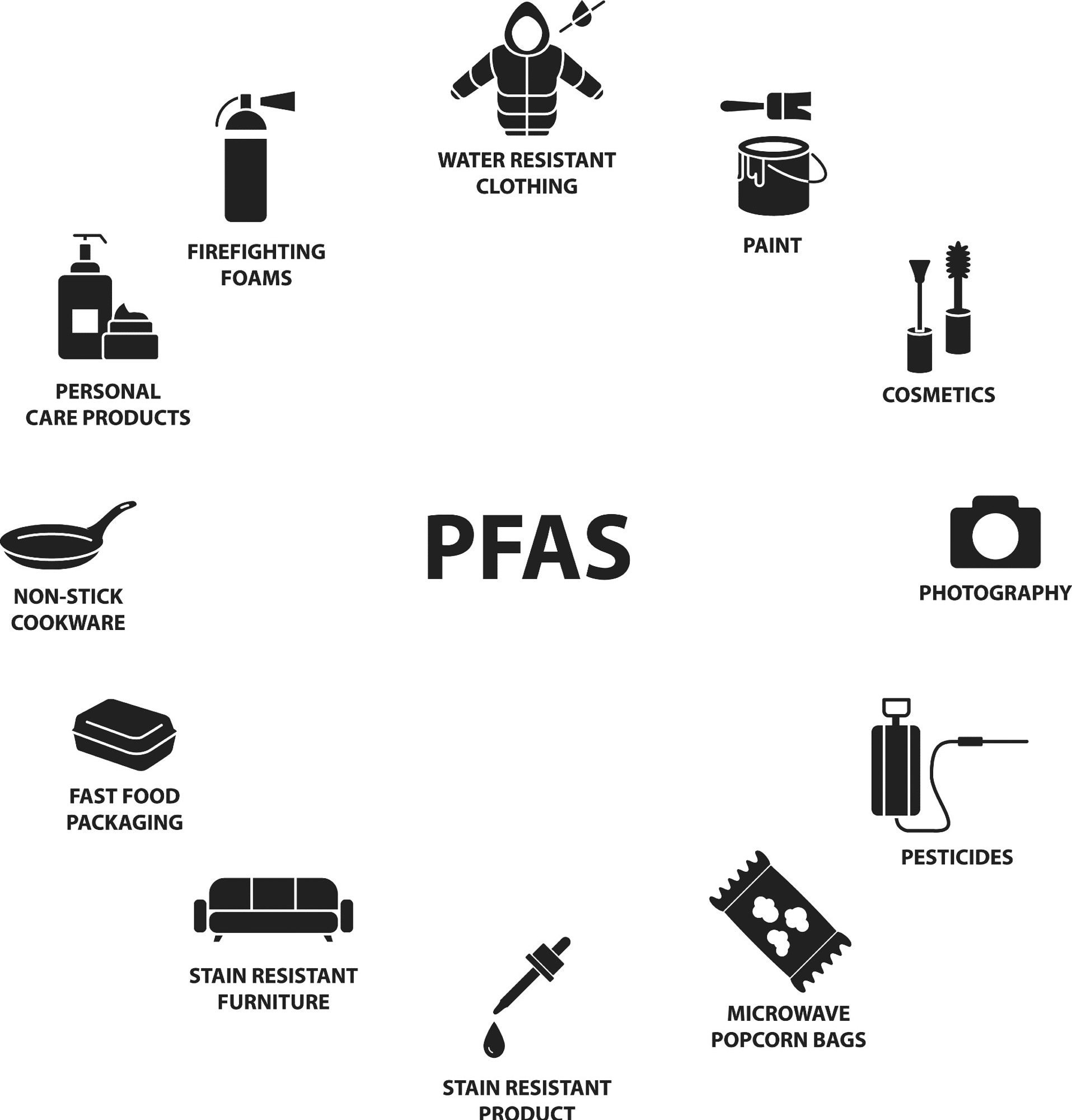The world of plastics, a revolutionary advent of the 19th century, has now become a ubiquitous part of our daily lives. From the pioneering Parkesine to today’s myriad of polymer-based products, plastics have offered us a multitude of conveniences. However, the shadow of this plastic proliferation is a growing environmental and health concern: microplastics (MPs). These tiny fragments, less than 5 millimeters in size, have infiltrated ecosystems and, alarmingly, our bodies.
The annual global production of plastics is a staggering 270 million tons, with an almost equivalent amount of waste. This has led to an estimated eight million tons of plastic entering our water bodies annually. The presence of MPs is pervasive, from the surface waters of our oceans, where concentrations exceed 10,000 MP/m3, to the depths of the seafloor, and even in the tap water we drink, with 81% of global sources containing MPs.
The implications of MPs on human health are becoming increasingly clear. Humans are exposed to MPs through ingestion, inhalation, and dermal contact. The average human ingestion of MPs is about 0.1–5 g per week, with those using bottled water ingesting up to 90,000 particles more than those who drink tap water. The potential for MPs to activate immune responses is evident, with studies showing neutrophil activation and mucous hypersecretion in zebrafish and immune dysbiosis in fish and mice.
The presence of MPs in human blood at concentrations as high as 1.6 μg/ml raises concerns about their potential hazardous effects. MPs can act as carriers for pollutants or pathogens, posing a risk of unexpected health consequences. The recent finding of a correlation between SARS-CoV-2 and MPs in aerosols near a medical center underscores the potential for MPs to facilitate the spread of pathogens.
The European Commission has recognized the gravity of this issue, allocating 30 million Euros to the CUSP project, which aims to understand the environmental and biological consequences of MP exposure. This multidisciplinary effort will span five years, highlighting the urgency of addressing the MP crisis.

Understanding the interaction of MPs with the immune system is critical. Upon entry into the body, innate immune cells like macrophages and neutrophils are recruited, and inflammatory cytokines are released. However, the complexity of MPs, with their ability to adsorb substances from the environment, complicates the immune response. The potential for MPs to induce autoimmune reactions or act as carriers for toxic molecules necessitates further research into their bio-distribution and interaction with human immunity.
The concept of the “biocorona” is central to understanding the toxicity of MPs. When MPs enter a biological environment, proteins attach to their surface, influencing their cellular fate. This corona can mitigate the toxic impact of MPs but also facilitate their translocation to various organs, potentially leading to uncontrolled impacts and health hazards. The protein-corona coating may also induce the ‘Trojan horse effect,’ allowing MPs to be internalized without interacting with membrane receptors.
Moreover, MPs can serve as carriers for other pollutants, including heavy metals and environmental toxins, increasing their toxicological risk. The interaction between MPs’ surface characteristics and these pollutants is a critical area of study, as it can significantly affect the level of harm caused to organisms and humans.
We learn more about the harmful path of MPs from our gut to possibly our brains, highlighting the urgency for thorough research and proactive steps. The spread of MPs in our bodies and environment signals a need to reassess our connection with plastics and work together to reduce their widespread effects on health and the planet.
Related posts:
Impacts of microplastics on immunity
The massive, unregulated source of plastic pollution you’ve probably never heard of




